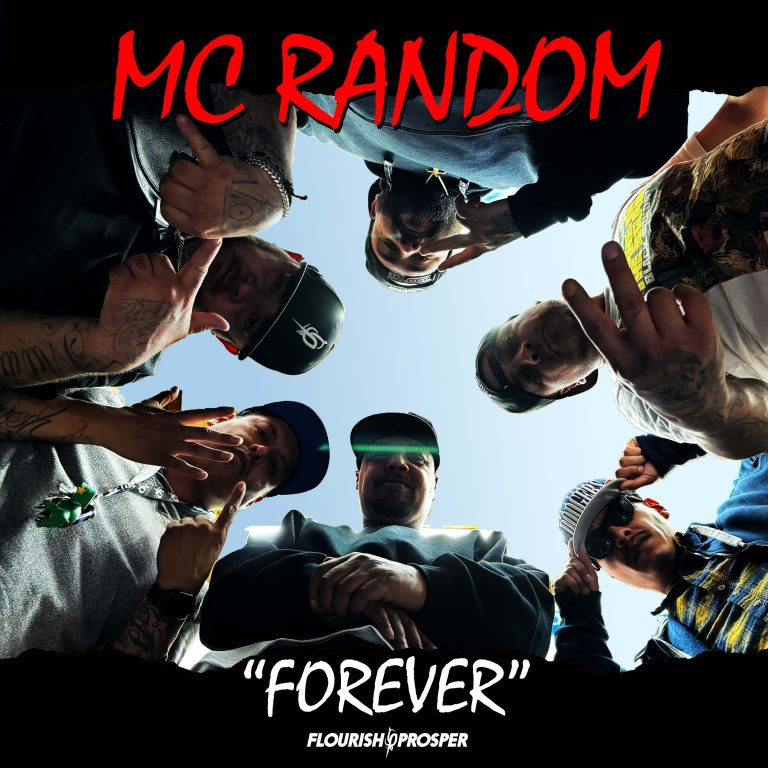Understanding Music Royalties: An Overview
Defining Music Royalties
Music royalties are payments made to the owners of copyrighted music. These owners can be songwriters, composers, or music publishers, among others, and the payments come from various sources. For example, when a song is played on the radio, streamed online, bought for download, or used in films or TV shows, it generates royalties for the copyright owners. The primary purpose of music royalties is to ensure that the individuals who create music are compensated whenever their work is used.
The Different Types of Music Royalties
There are several types of music royalties. Performance royalties are those earned when a song is broadcasted publicly, such as on the radio, television, or streaming platforms. In contrast, mechanical royalties are those earned when a song is reproduced physically (like a CD) or digitally (like a download) and sold.
There are also synchronization royalties which accrue when music is paired with visuals like movies, commercials, or video games. Lastly, print music royalties are earned when a song’s notation is printed, typically seen in sheet music publishing.
Collection and Distribution of Music Royalties
Music royalties are usually collected and distributed by performing rights organizations (PROs). These are entities set up to manage the rights of music creators and publishers. Some of the most well-known PROs include the American Society of Composers, Authors, and Publishers (ASCAP), Broadcast Music Inc. (BMI), and the Society of European Stage Authors & Composers (SESAC). These organizations monitor where and when songs are played, collect the royalties, and then distribute them to the rights holders.
Moreover, the distribution of music royalties can get quite intricate due to factors like multiple copyright owners, different types of royalties, and varying rates depending on the platform or medium of use. Therefore, understanding music royalties and how they are managed is essential for any musician looking to earn a livelihood from their creations.
Different Types of Music Royalties

Understanding the Nature of Music Royalties
Music royalties serve as a critical income stream for musicians, composers, and songwriters. However, it’s worth noting that these royalties are not all the same; they come in various types, each governed by different rules and regulations. Understanding these varieties is crucial for any music professional seeking to navigate the financial aspects of the sector successfully.
Performance Royalties
Firstly, we have performance royalties. These are earned when a song is performed publicly. This could occur through several means – be it a live band performance, a song being played on the radio, or even background music in a restaurant. Performance rights organizations such as ASCAP and BMI collect these royalties and distribute them to the responsible parties.
Mechanical Royalties
The next type is mechanical royalties. These are generated through the physical or digital reproduction of a song. For instance, if an album is manufactured and sold, or a track is streamed online, mechanical royalties are owed to the songwriter. Collection societies like the Harry Fox Agency manage the distribution of these royalties.
Synchronization Royalties
Lastly, there are synchronization royalties. These are applicable when a song is used in conjunction with a moving picture – say, in movies, TV shows, advertisements, or video games. Normally, a sync license must be obtained from the rightsholder, which generally involves a one-time fee and possibly ongoing royalty payments depending on the usage.
Each of the above categories represents distinct pathways for earning income from musical creations. By understanding these different types of royalties, music professionals can ensure they are maximizing their potential earnings and safeguarding their financial future in the music industry.
How Are Music Royalties Collected and Distributed?
Identification and Collection of Music Royalties
Music royalties are collected by rights management organizations, often called Performance Rights Organizations (PROs), which identify the use of music and collect due payments from users such as radio stations, live venues, or businesses. These organizations have extensive databases of registered songs to automate the process as much as possible.
One major aspect of this process involves monitoring and tracking. PROs use different methods such as digital monitoring systems and random sampling to determine a song’s usage. Radio stations, for example, may log their playlists electronically, while live venues could report song performances manually.
Distribution of Royalties to Right Holders
Once the royalty payment is collected for the use of a song, it is distributed to the right holders, who are usually songwriters and music publishers. The distribution is generally based on the usage frequency of the song, meaning that if a song is played more, it earns more royalties.
It’s worth noting that PROs retain a percentage of the royalties as an administrative fee before distributing the rest. This distribution usually takes place on a quarterly or semi-annual basis, depending on the organization’s policies.
The Role of Digital Platforms
In today’s digital age, streaming platforms also play a significant role in the collection and distribution of royalties. These digital platforms report song plays to organizations like SoundExchange, which then distribute digital performance royalties to artists, record labels, and rights owners.
Moreover, specific services handle mechanical royalties, which are due when a song is reproduced digitally, such as when streamed on Spotify or Apple Music. The Harry Fox Agency in the United States is one such service. It collects mechanical royalties and distributes them to the rights owners, ensuring they are compensated fairly for the digital reproduction of their music.

Key Challenges in the Music Royalties System
Complexities in Music Royalty Calculations
The music industry’s traditional financial structures offer an inherent challenge to musicians. Artists are often left in the dark concerning the calculations behind their royalties, given the intricacies of various royalty types. These include mechanical and performance royalties, each with different calculation methods.
They’re affected by factors such as the distribution platform used, the geography of listenership, and the nature of an artist’s contract. This complexity often leads to ambiguity in royalty calculations, making it difficult for artists to accurately forecast their income.
Lack of Transparency and High Administrative Costs
Another significant challenge in the music royalties system is the lack of transparency. An array of intermediaries, including record labels, publishing companies, and performance rights organizations, are often involved in the collection and distribution of royalties. Each of these entities takes a cut of the earnings, leading to high administrative costs that can significantly reduce the artist’s final take.
Furthermore, the lack of a clear, standardized system for tracking and reporting song plays adds to the problem, contributing to misallocated or lost revenues due to incorrect or incomplete metadata.
Delays and Difficulties in Receiving Payments
In the traditional music royalties system, artists frequently face long delays before receiving their payments – sometimes as long as two years after their music has been played or sold. This delay is largely due to the lengthy processes involved in collecting, recording, and distributing royalties across multiple territories and platforms.
In addition, the global music market’s fragmented nature presents a major hurdle for artists seeking to claim royalties from international usage of their music. These issues create significant financial uncertainty and instability for musicians, particularly those who are independent or just starting out in their careers.
Future Trends in Music Royalties
Advancements in Digital Technology and Royalty Collection
The future of music royalties is anticipated to evolve significantly due to the advancements in digital technology. With the rise of streaming platforms such as Spotify, Apple Music, and others, Digital Performance Royalty rates are likely to undergo major changes.
Blockchain technology, for instance, is being considered for use in the royalty payment process to ensure more accurate tracking and fairer distribution of royalties. These technologies could enable real-time royalty payouts, eliminating the delays currently experienced by artists.
Influence of Streaming Platforms on Royalty Payouts
Streaming platforms hold great influence over the future trends in music royalties. Due to their mainstream popularity, these platforms have become the primary source of income for many artists. However, these platforms pay per stream, which has sparked debates about the fairness of such a structure. As a result, there’s growing pressure on these platforms to devise a more equitable payout method. This could potentially revolutionize how royalties are calculated and distributed in the future.
Impact of Globalization on Music Royalties
Globalization also plays a key role in shaping the future of music royalties. As more music crosses international borders, artists are bound to encounter differing copyright laws and royalty mechanisms. In response, international copyright reform is becoming increasingly important.
Such reforms could simplify the royalty collection process, enabling artists to collect their royalties more effectively when their music is played in different parts of the world. Similarly, global licensing deals are expected to become more prevalent, providing artists with faster and broader access to their royalties from international markets.




